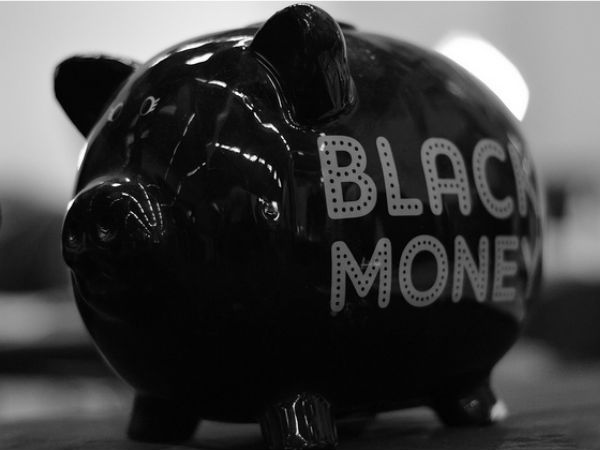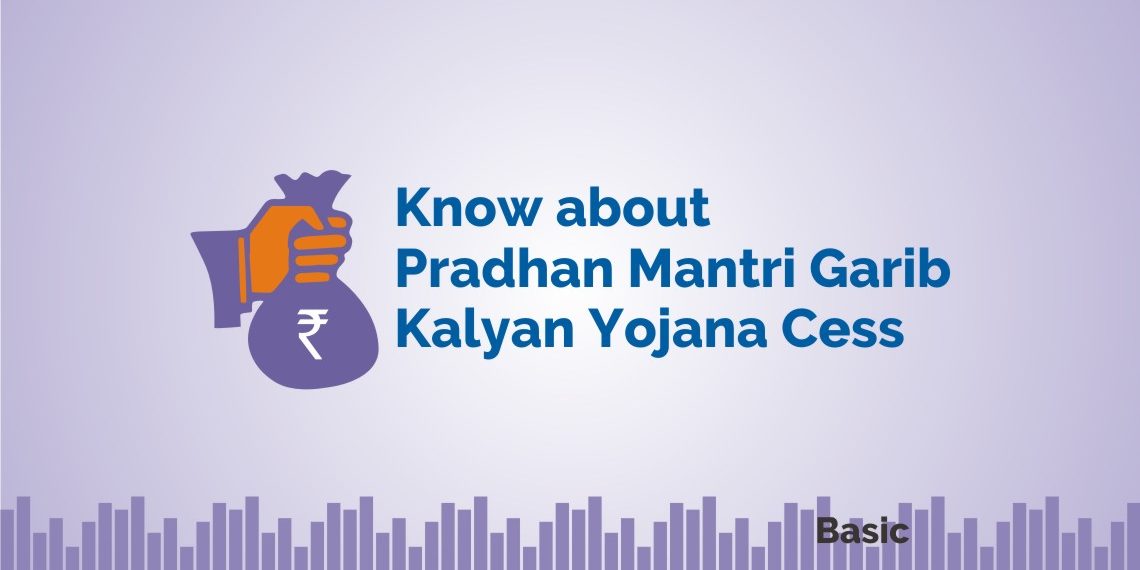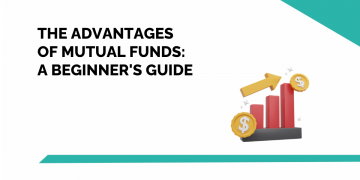A cess, among other measures, is an important element of government measures to provide better amenities to us. Register for our course in Government Financial Schemes to know more about them.
Soon after the implementation of demonetization scheme on 8th November 2016, black money hoarders have started facing a lot of trouble.
Being trapped from all sides, these people have no option but to deposit this money in their respective bank accounts.
This program is very similar to Income Declaration Scheme (IDS) except the tax rate which is higher at 50% and 1/4th of the stated or declared income will be locked in for four years.
In all India radio program, prime minister Narendra Modi had promised that people who will voluntarily reveal their undisclosed income and assets, the government will not conduct an inquiry on the same.
The government has given enough time to these people to disclose such income and sleep peacefully.

On 28th November 2016, Finance Minister Arun Jaitley introduced Pradhan Mantri Garib Kalyan Yojana (PMG) cess and other tax measures on the undisclosed income revealed out of savings made post demonetization.
These measures will finally be implemented soon after the amendments made in the IT Act, 1961.
Enroll for a free program to acquire knowledge about various Government Financial Schemes.
The government in order to tackle the black money revealed post demonetization, has taken strict action where apart from the cess, it has levied surcharge, tax, and penalties on the same.
The amendment of the bill is really important since government’s objective is to generate additional revenue to conduct welfare activities for the poor and also such undisclosed income legitimately becomes part of the formal economy
In order to tackle this, a penalty and tax will be imposed on the undisclosed money (50% in case of people who disclosed and 85% for people who didn’t disclose but got caught).
To tackle the black money post demonetization, PMGKY has been proposed in the bill which has two components. One for the people who disclosed and the other who haven’t disclosed but got caught.

The following is the detailed breakup of the PMGKY bill with regards to the treatment of undisclosed income.
Case 1:
People who declared their undisclosed income
The breakup of 50% is discussed below-
a. 30% tax
b. 33% cess (Pradhan Mantri Garib Kalyan Yojana) on above tax rate (33% on 30% tax i.e a total of 10%)
c. 10% penalty
Hence, total tax rate comes to 50% (30+10+10).
Besides this, the person has to put 25% of the disclosed sum in a social security scheme which will be locked for four years.
Know More: 7 Government of India Schemes to Invest for Social Security
To channelize this 25%, RBI will notify a deposit scheme under ‘Pradhan Mantri Garib Kalyan Deposit Scheme, 2016’.
The amount deposited here will be utilized for schemes of infrastructure, housing, toilets, education, primary health care, irrigation etc.
Case 2:
Higher tax structure for misreporting of income
a. Higher tax rate of 60% (which includes 30% base rate, surcharge, and cess)
b. Surcharge of 15% (25% on above tax rate i.e. 25% of 60)
Hence, total tax rate comes to 85%.
Bottomline
Pradhan Mantri Garib Kalyan Yojana was introduced in April 2015 which aimed at improving the standard of living of poor through government initiatives.
It is expected that many programs and actions will be implemented soon with the sufficient funding through the cess.








